ETIOLATED SHOOTS
Etiolated shoots are white shoots that begin to grow in storage when the vines break dormancy as spring arrives. Grapevines have a compound bud, with primary, secondary and tertiary bud. There are also many latent buds on the plant that can push. As you plant these vines to the field some of these shoots may break off or be burned off by the sun. These are the primary buds. After this secondary buds will push and grow to produce shoots for the season. This is similar to what would happen if there was a frost in the spring. This is not cause for concern, the plants will grow normally.
Planting Grafted Vines
Like all grapevines, grafted vines must also be planted in properly prepared soils. Planting these vines requires special care for several reasons:
- The graft union must be 2″ above the surface of the soil. If the graft union is planted much higher than 2″ above the soil surface the chances are greater that it may be damaged by low winter temperatures. In colder areas it is important to cover the graft union during the winter and remove the soil in the spring.
- The graft union must be covered to keep it from drying out (if it was not waxed).
It is sometimes helpful to cover the graft union with fine soil immediately after planting to protect it from the sun.. The bud should not be covered however. - The graft union is the weakest part of the vine and demands careful handling. Waxing not only protects the graft from drying out, it allows the bud to receive full light and serves to further protect the graft union. The young shoot can grow right through it and the wax itself will weather away.
PLANTING CUTTING CARE
- When you receive your cuttings inspect them to make sure that they are still moist and properly labeled.
- Small quantities of cuttings can be stored in a refrigerator in plastic with moist packing material around them. Avoid freezing them because this will dry them out. Avoid Storing vines with fruit as ethylene gas is released by ripe fruit and this can kill buds.
- Larger quantities can be buried in the ground in a sand pit or a well drained soil. Dig a trench as deep as the cuttings and then cover them with 6-8 inches of soil. The cuttings should be placed bottom side up (flat end of the cutting) so that it will warm in the spring and form callous. This is the white tissue that roots originate from. If it is very dry in the spring you may need to water the cuttings.
- Small quantities of cuttings can be calloused by placing them upside down in moist peat moss and placing a heat mat on the base of the cuttings. A temperature of 80° F is ideal for callous formation. The idea is to heat the base of the cutting to form callous and keep the buds cool so they do not begin to grow until the callous has formed.
- Once cuttings have calloused they can be planted in the greenhouse or the nursery row. Make sure that the soil does not dry out, since the cuttings have no roots, but too wet is not good either. A wet soil is generally a cold soil and we want a warm rooting zone.
GRAPEVINE PLANTING INSTRUCTIONS:
- The most important point in caring for your grapevines is to provide them with adequate water during establishment. Begin by soaking the roots in a bucket of water for a few hours or even overnight before planting.
- Dig a hole wider and deeper than necessary to spread the roots without crowding or bending them. If necessary, extremely long roots can be trimmed back to fit the hole, but avoid excessive root pruning since the roots are the plant’s energy storage.
- If the soil is heavy and has a high clay content, mix in a soil amendment such as peat moss in a 1 to 1 mix with the soil.
- Place the plant in the hole and fill it with loose soil to within 2 inches of the top. Fill the hole with water and let the soil settle then finish filling the hole.
- Trim the vine back to 3-4 buds.
- No fertilizer is required the year of planting.
- Keep the vines watered well during the summer and keeps weeds under control.
- It is best to tie up canes as they grow and keep them off the ground. This will help reduce disease and improve vine training. The use of grow tubes is very helpful in early training.
- Good Luck and call if you have any questions.




 USDA Plant Hardiness Zone Chart
USDA Plant Hardiness Zone Chart